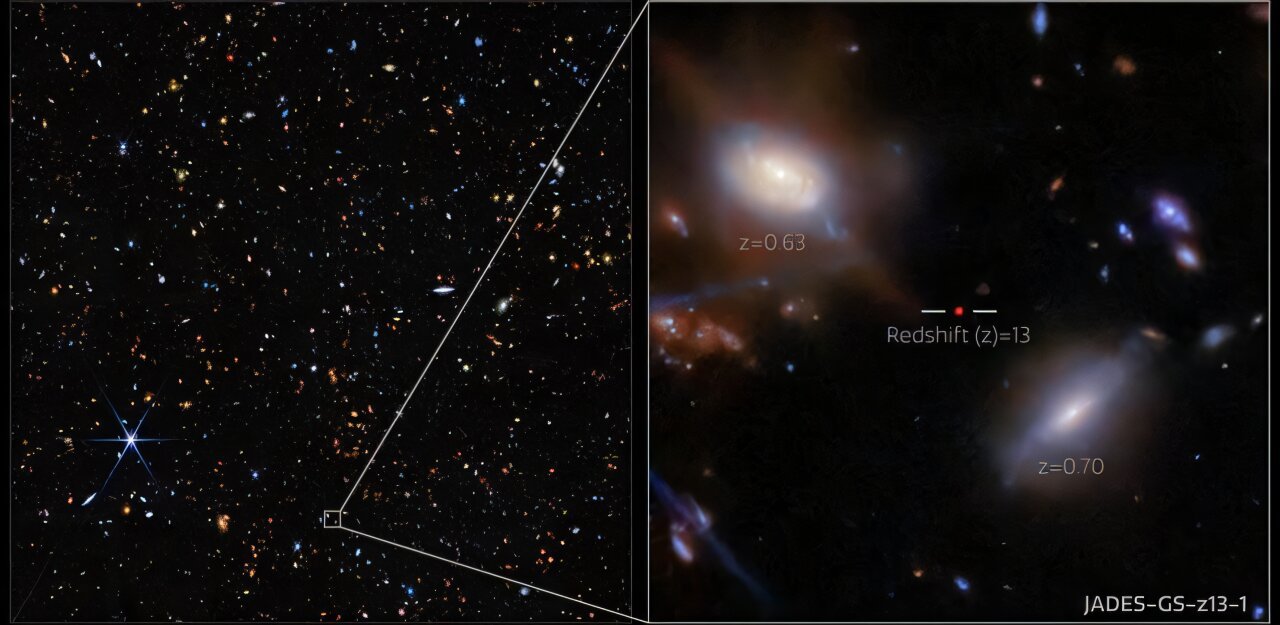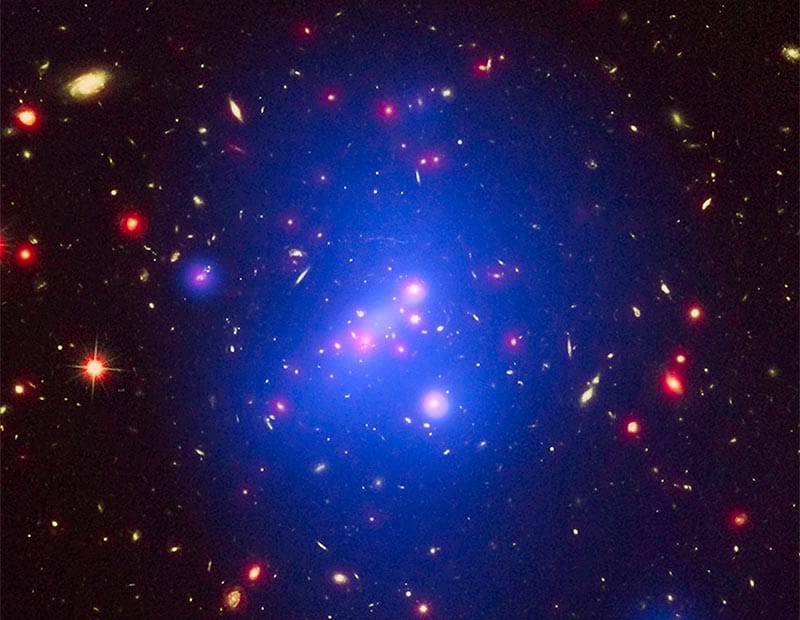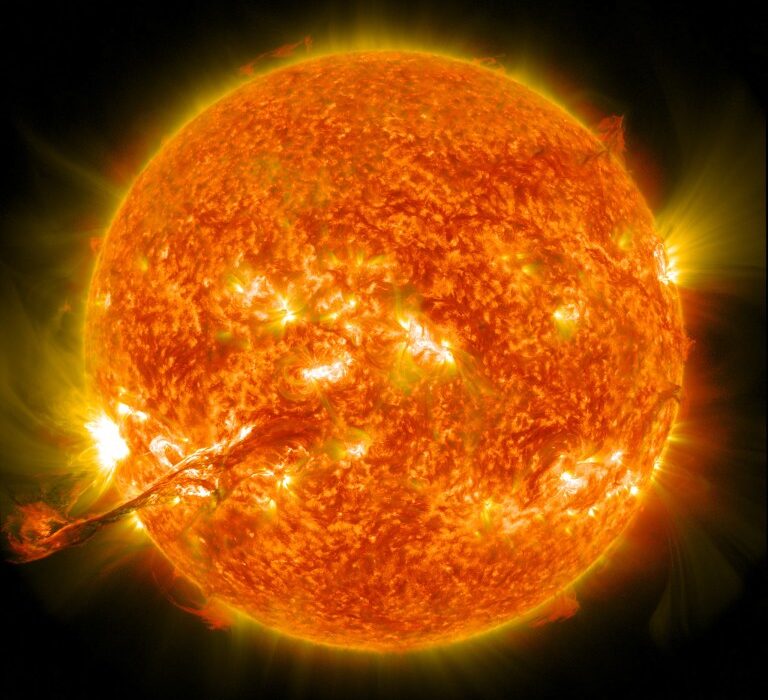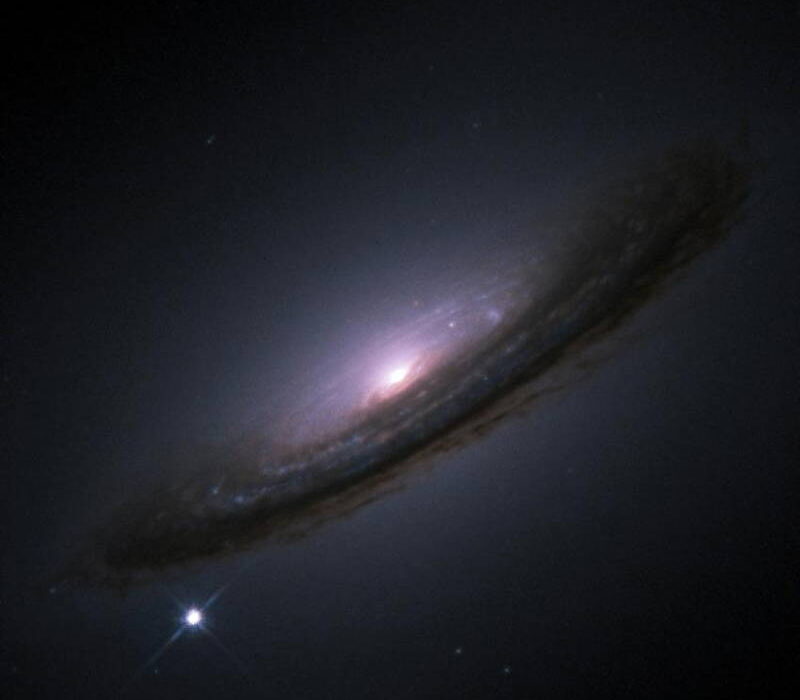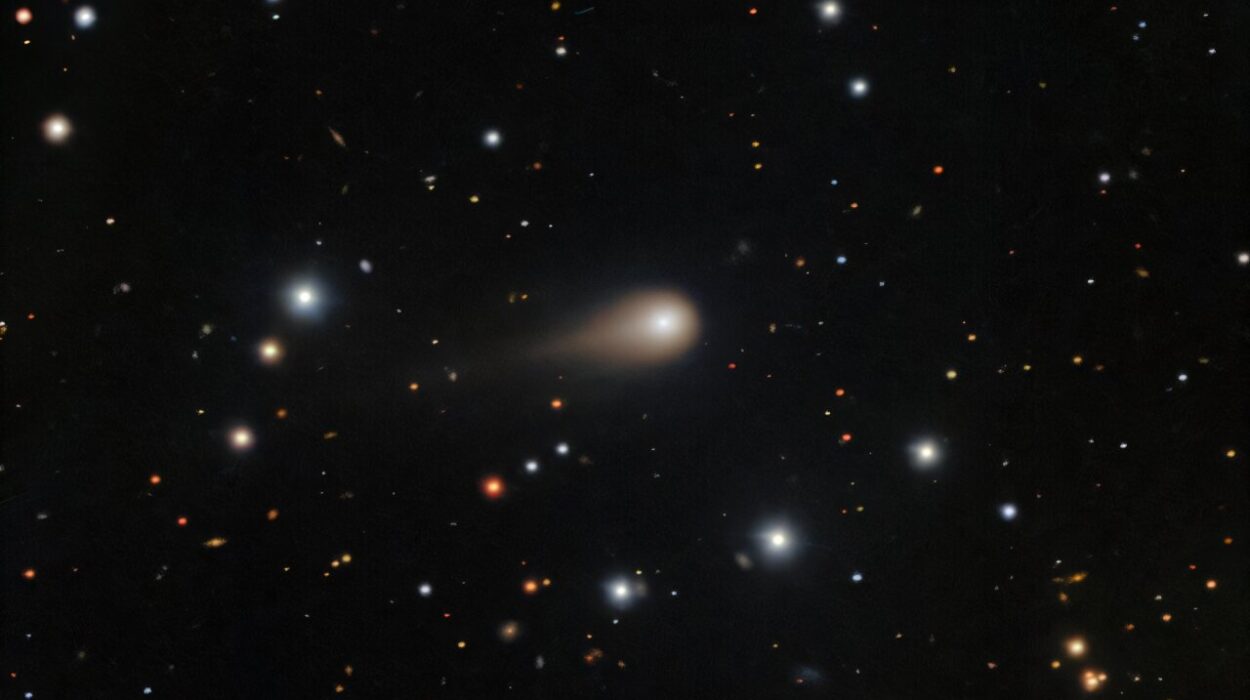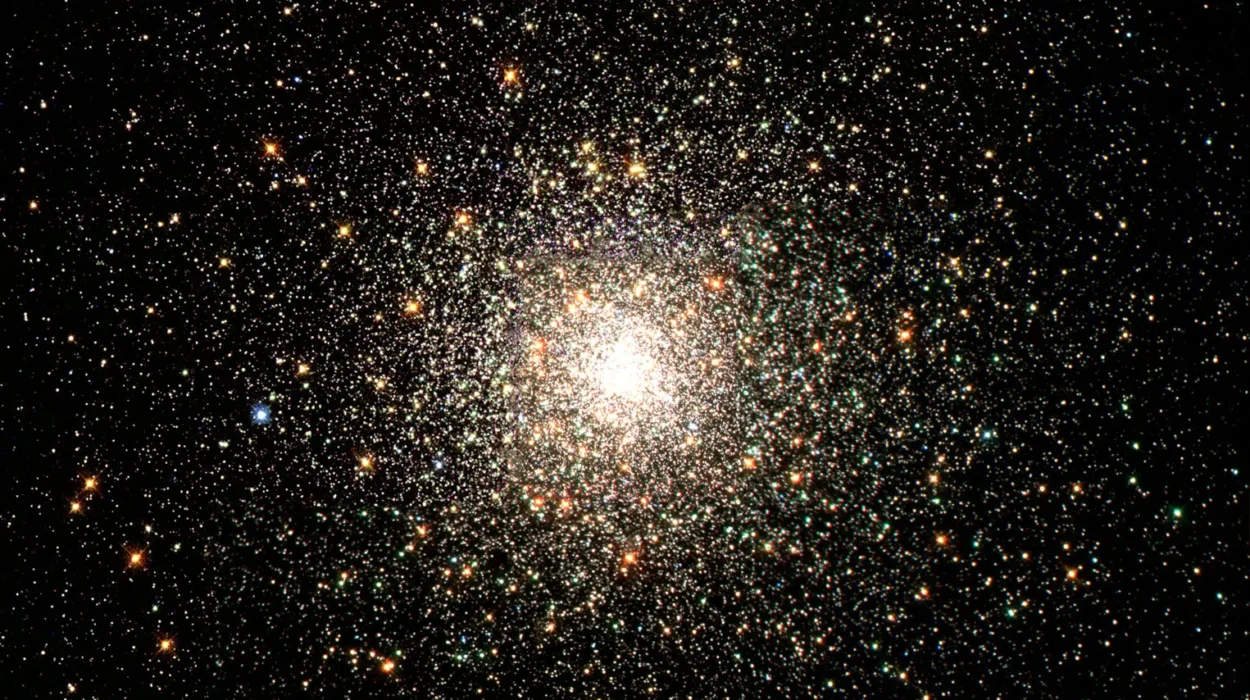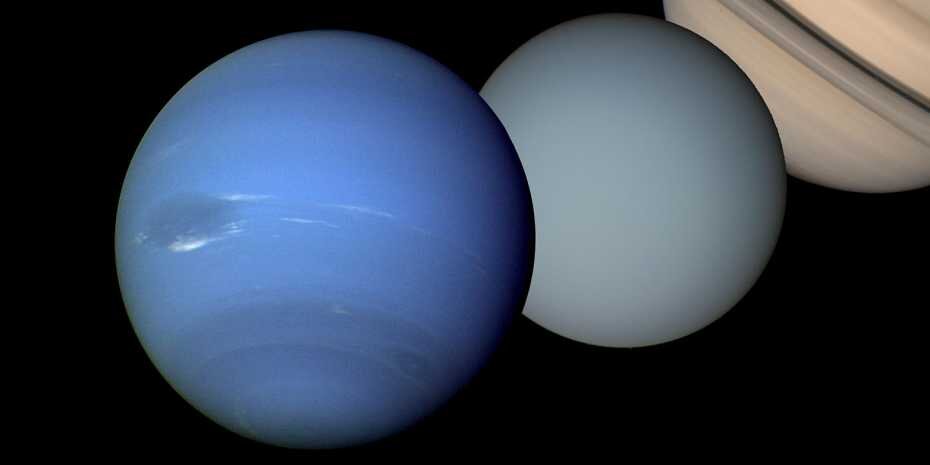Astronomers have made a groundbreaking discovery that is forcing scientists to rethink our understanding of the early universe. Using the NASA/ESA/CSA James Webb Space Telescope (JWST), researchers have detected a bright hydrogen emission from a galaxy formed just 330 million years after the Big Bang. The surprising observation challenges existing theories about how light could have escaped the thick cosmic fog that once filled space.
The study, published in Nature, provides new insights into the period known as cosmic dawn, when the first galaxies and stars emerged. The unexpected brightness of this galaxy, named JADES-GS-z13-1, raises intriguing questions about the evolution of the universe and the role of the first-generation stars.
Looking Back in Time: The James Webb Space Telescope’s Historic Mission
One of the primary goals of the James Webb Space Telescope is to peer further into the past than ever before. By capturing infrared light that has traveled billions of years through space, Webb allows scientists to study the earliest galaxies.
JADES-GS-z13-1 was initially detected using JWST’s Near-Infrared Camera (NIRCam), which analyzed its brightness at different infrared wavelengths. From this data, scientists estimated its redshift—a measure of how much the galaxy’s light has been stretched by the expansion of the universe. The higher the redshift, the further away (and older) the galaxy is.
To confirm the redshift estimate of 12.9, an international team led by Dr. Joris Witstok, formerly of the University of Cambridge, conducted additional observations using Webb’s Near-Infrared Spectrograph (NIRSpec). The results provided an even more precise redshift of 13.0, confirming that this galaxy existed just 330 million years after the Big Bang—an era when the universe was still in its infancy.
However, this wasn’t the most surprising finding. The researchers also detected an unexpectedly bright emission of Lyman-α radiation, a type of ultraviolet light emitted by hydrogen atoms. This discovery challenges everything we thought we knew about the early universe.
Breaking Through the Cosmic Fog: A Cosmic Puzzle
For hundreds of millions of years after the Big Bang, the universe was filled with a dense “fog” of neutral hydrogen gas. This period, called the epoch of reionization, lasted until approximately one billion years after the Big Bang. During this time, light from young galaxies was largely absorbed by surrounding hydrogen, making it difficult to escape and reach Earth.
Because of this fog, scientists expected galaxies from this era to be invisible in Lyman-α radiation. However, JADES-GS-z13-1 appears to be emitting this radiation far stronger than anticipated, posing a significant challenge to our current models.
“The early universe was bathed in a thick fog of neutral hydrogen,” explained Professor Roberto Maiolino from Cambridge’s Kavli Institute for Cosmology. “Most of this haze was lifted through a process called reionization, which wasn’t completed until about one billion years after the Big Bang.”
Yet, at only 330 million years old, GS-z13-1 is producing Lyman-α emission that suggests its surroundings have already been cleared of neutral hydrogen—a scenario thought to be impossible at such an early stage in the universe’s evolution.
This discovery suggests that reionization may not have been as uniform as previously believed. Instead of occurring gradually across the universe, it’s possible that reionization happened much faster in some regions, possibly triggered by extreme events or unusual sources of energy.
What’s Causing This Mysterious Emission?
The source of the unexpected Lyman-α radiation remains unknown, but astronomers have put forward two intriguing possibilities:
1. The First Generation of Stars (“Population III” Stars)
One theory suggests that the galaxy is home to Population III stars, the first stars to ever form in the universe. Unlike modern stars, these early giants were composed almost entirely of hydrogen and helium since heavier elements had not yet formed.
These stars are believed to have been much larger, hotter, and more luminous than stars today. If such stars existed within GS-z13-1, their intense ultraviolet radiation could have ionized the surrounding hydrogen, creating a large “bubble” of clear space where Lyman-α photons could escape.
“We might be witnessing the light from some of the universe’s first stars,” said Dr. Witstok, who is now based at the Cosmic Dawn Center at the University of Copenhagen. “These could be far more massive and powerful than the stars we see today, capable of clearing the surrounding hydrogen much faster than expected.”
2. A Supermassive Black Hole at the Heart of the Galaxy
Another possibility is that GS-z13-1 harbors one of the first supermassive black holes in the universe. If a rapidly growing black hole resides at the center of the galaxy, it could be releasing intense radiation that ionizes the surrounding hydrogen.
“We cannot rule out the presence of a powerful active galactic nucleus,” explained Dr. Witstok. “If GS-z13-1 hosts a black hole feeding on surrounding matter, it could be responsible for clearing the cosmic fog, allowing Lyman-α radiation to escape.”
If true, this discovery could mean that supermassive black holes formed much earlier than previously thought—challenging our understanding of their origins and growth in the early universe.
Rewriting Our Understanding of Cosmic Dawn
The discovery of bright Lyman-α emission from such an early galaxy has enormous implications for cosmology. It suggests that some galaxies may have been able to clear their surroundings of neutral hydrogen far earlier than expected, possibly reshaping our understanding of how the first galaxies evolved.
The findings also highlight the power of the James Webb Space Telescope in uncovering unexpected surprises about the cosmos. “We really shouldn’t have found a galaxy like this, given our understanding of the way the universe has evolved,” said co-author Dr. Kevin Hainline from the University of Arizona.
This discovery raises new questions:
- Was reionization a patchy and uneven process rather than a slow, universal one?
- How did these early galaxies generate so much energy so quickly?
- Could supermassive black holes have formed far earlier than expected?
These are just some of the mysteries that astronomers hope to unravel with further JWST observations.
Next Steps: Peering Even Deeper into the Universe
The team plans to continue studying GS-z13-1 using JWST’s advanced instruments, hoping to learn more about the galaxy’s structure, its potential black hole, and whether Population III stars are truly present.
By gathering more spectral data, scientists hope to determine exactly how this galaxy managed to shine through the cosmic fog—providing new insights into the nature of the universe’s first galaxies and the birth of the very first stars.
Whatever secrets JADES-GS-z13-1 holds, one thing is certain: the James Webb Space Telescope is opening an entirely new chapter in our understanding of the early universe, revealing cosmic surprises that challenge even our most advanced theories.
The universe’s history may be far more complex, dynamic, and exciting than we ever imagined.
Reference: Joris Witstok, Witnessing the onset of reionization through Lyman-α emission at redshift 13, Nature (2025). DOI: 10.1038/s41586-025-08779-5. www.nature.com/articles/s41586-025-08779-5
